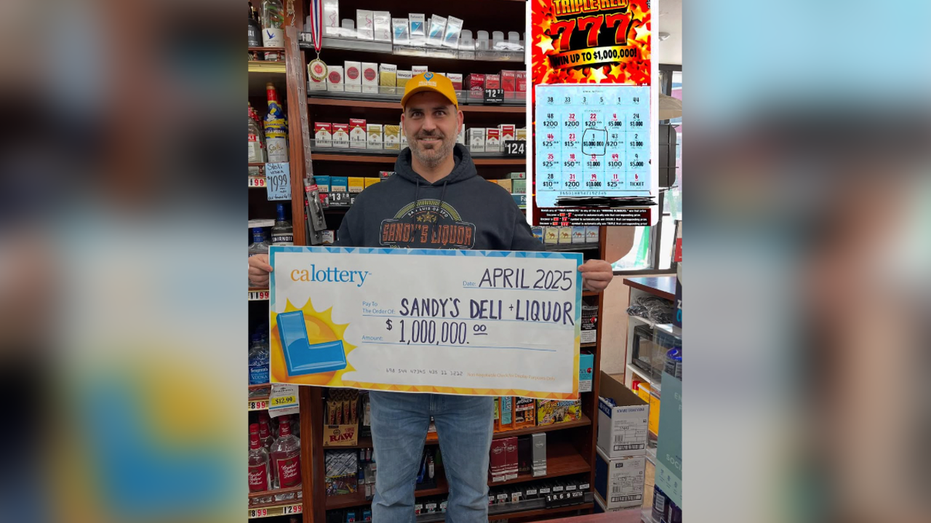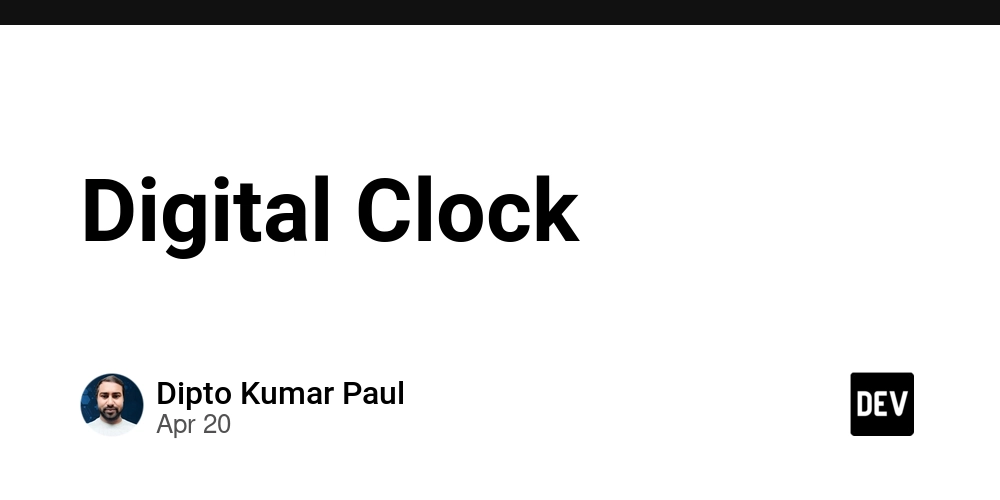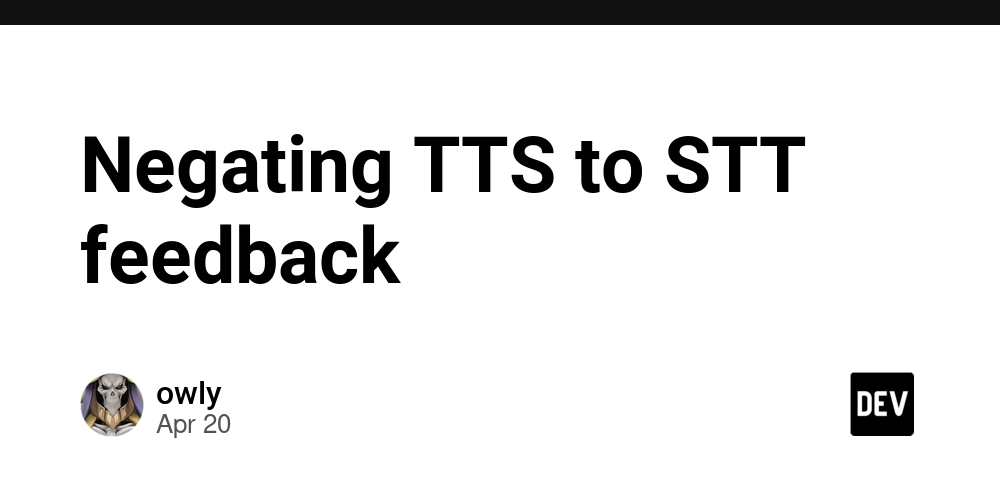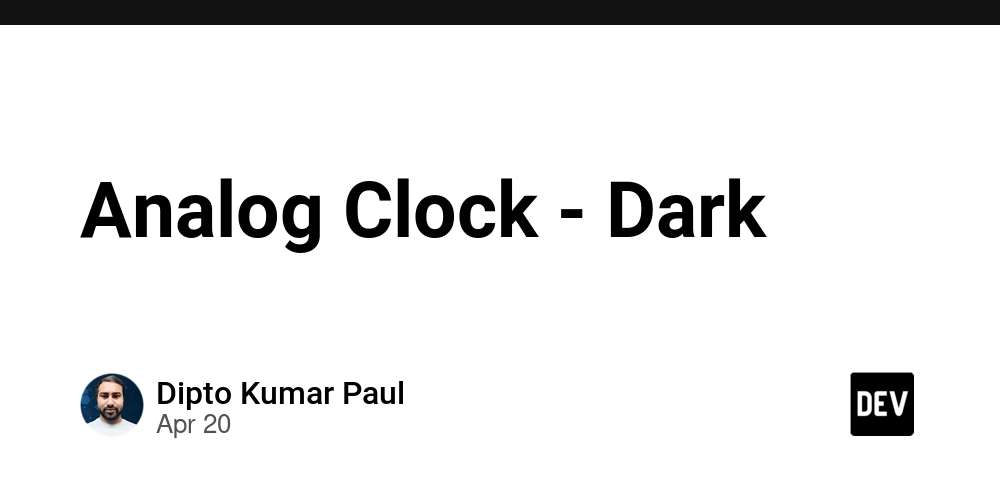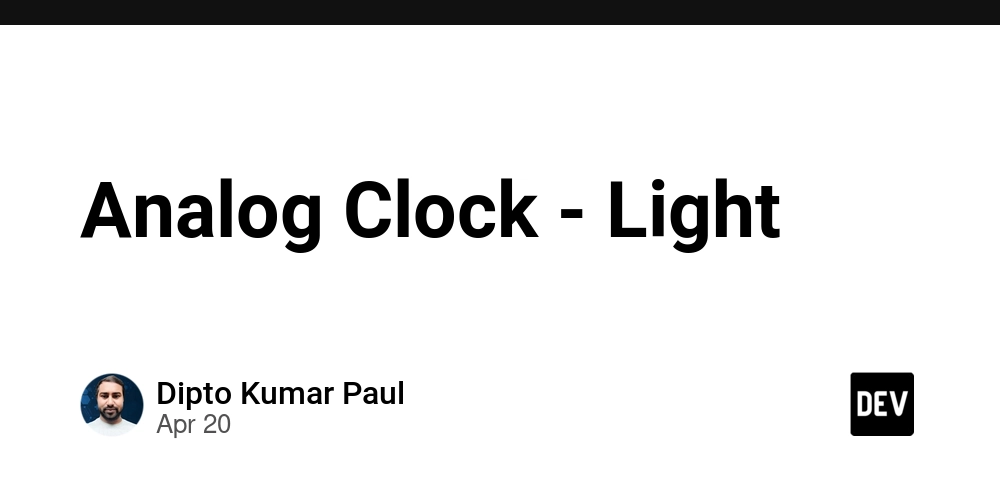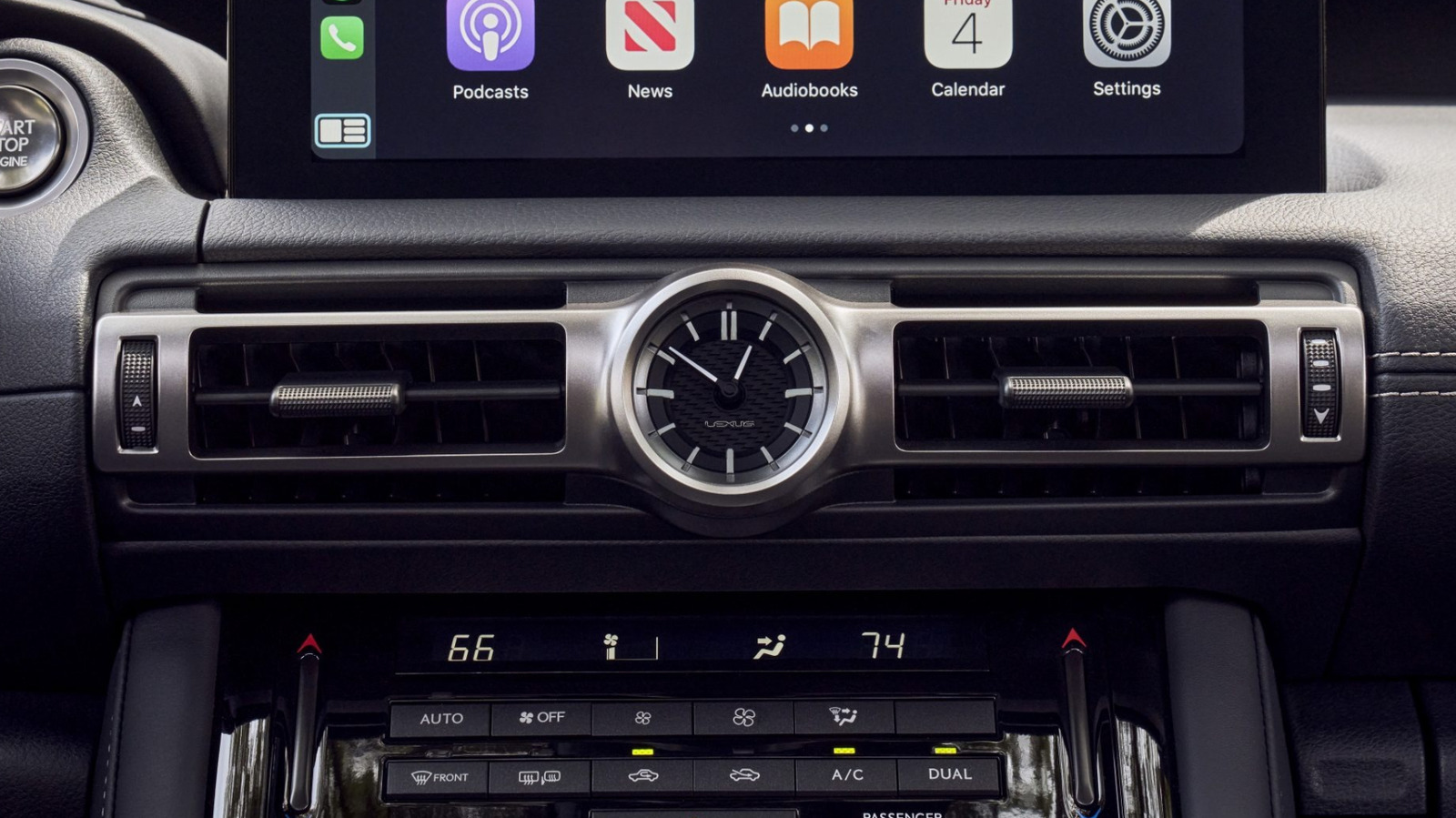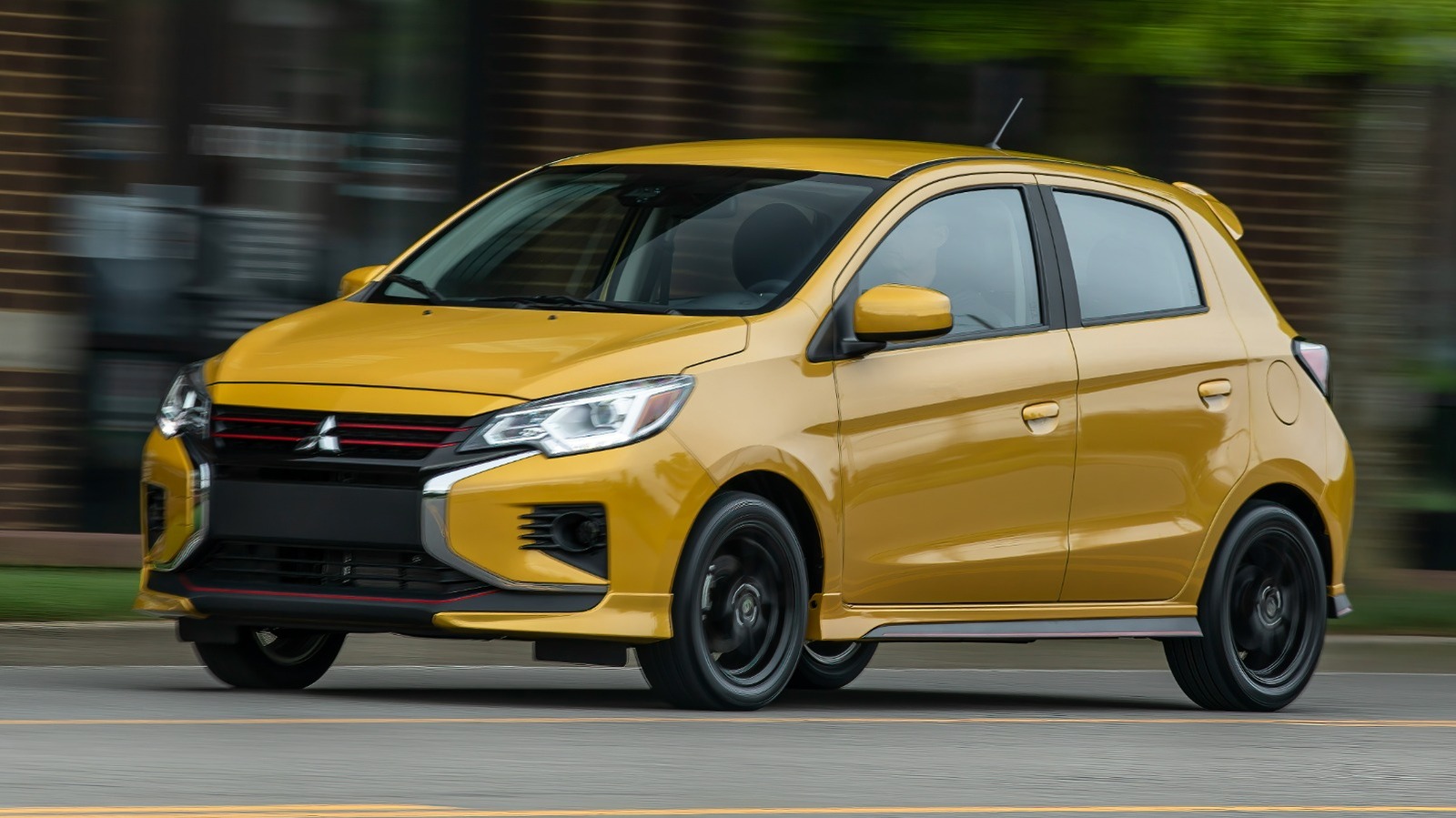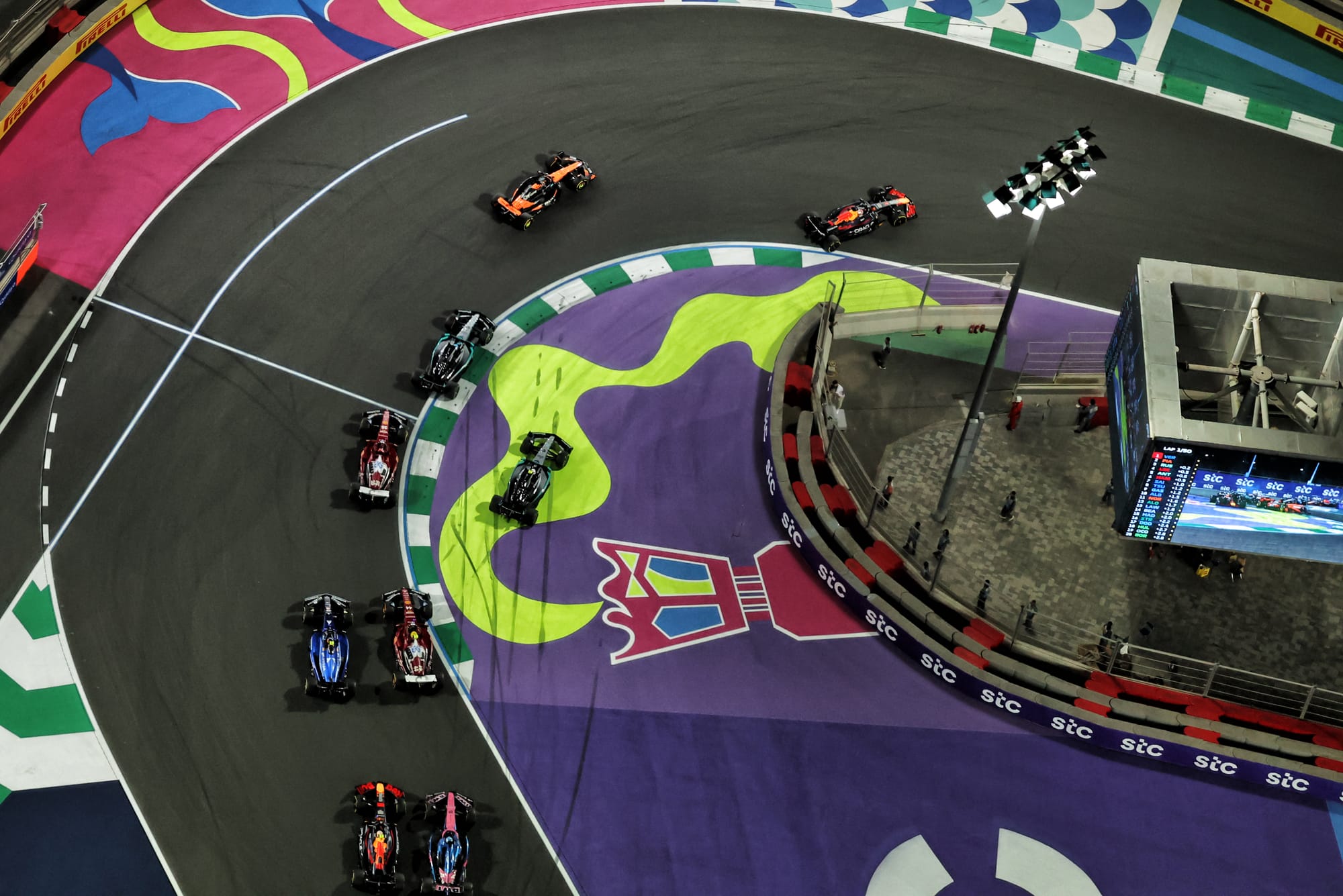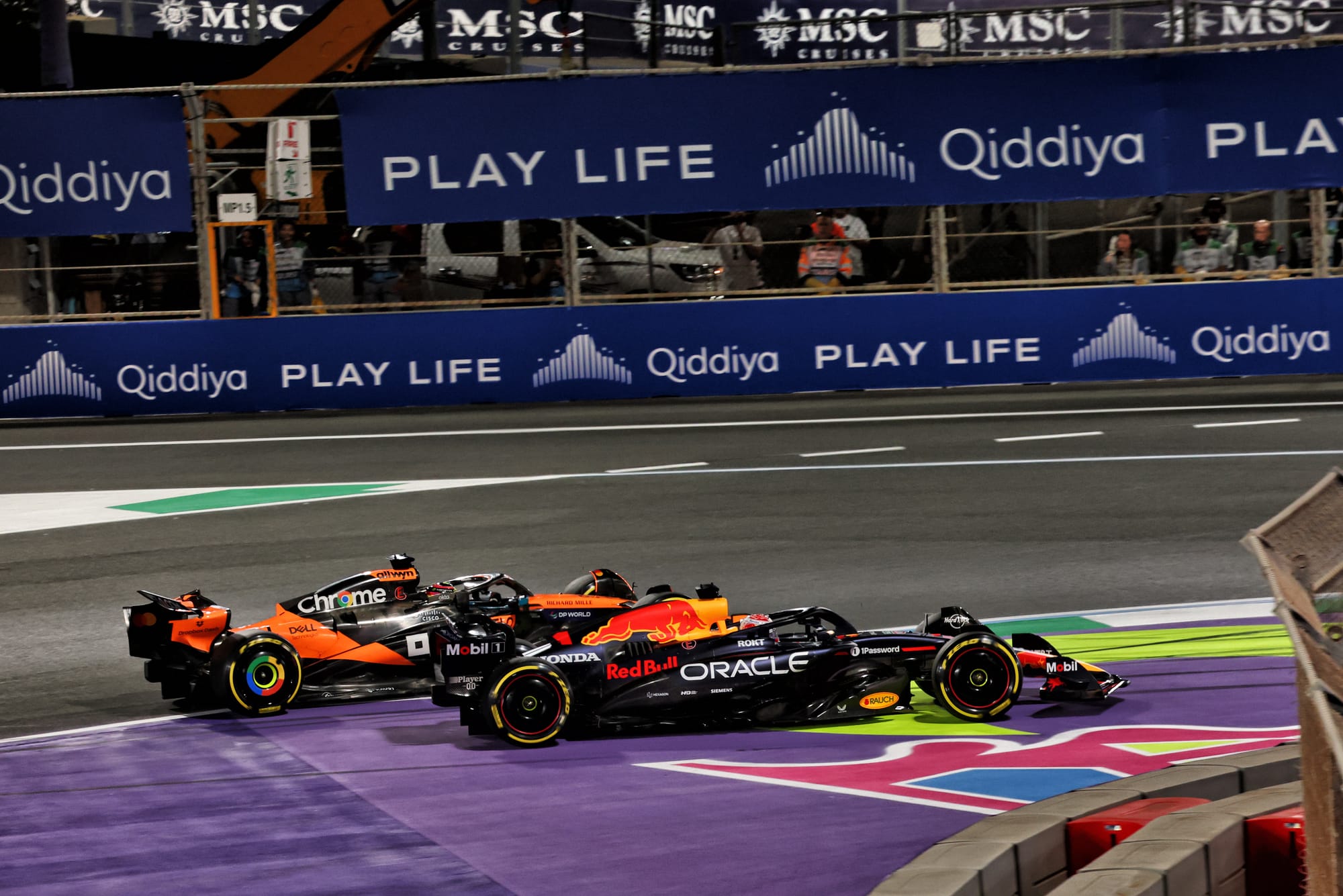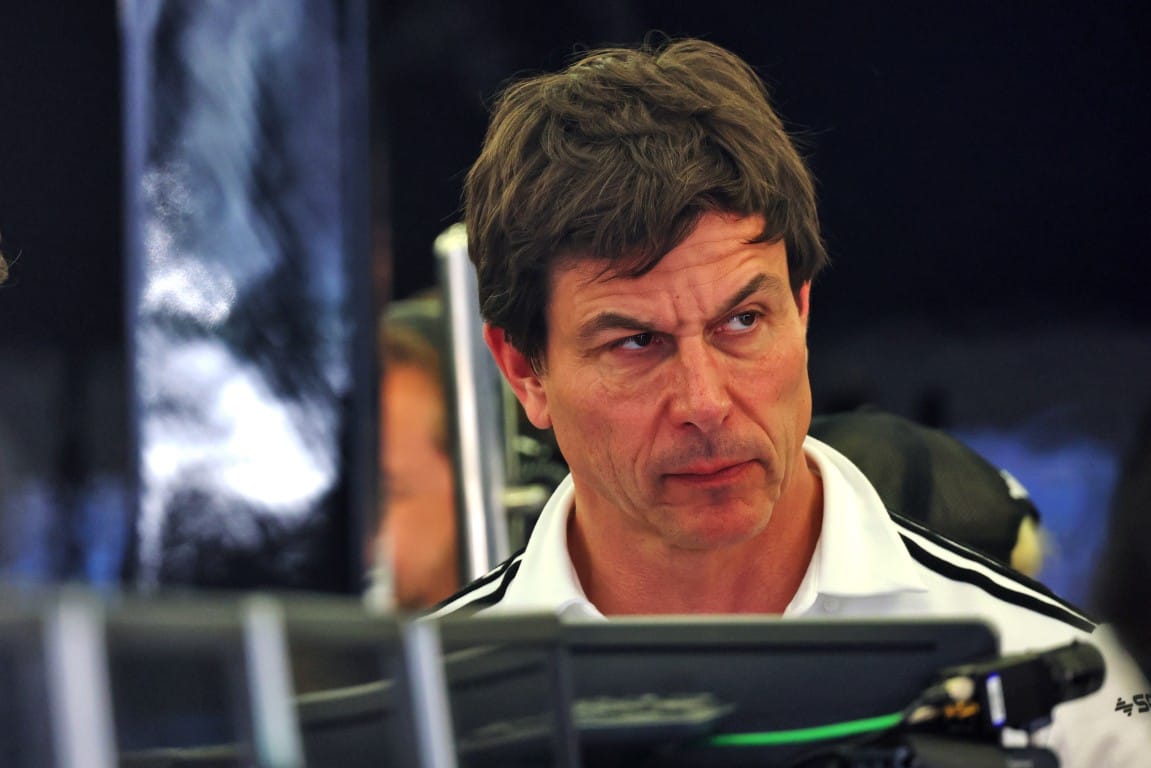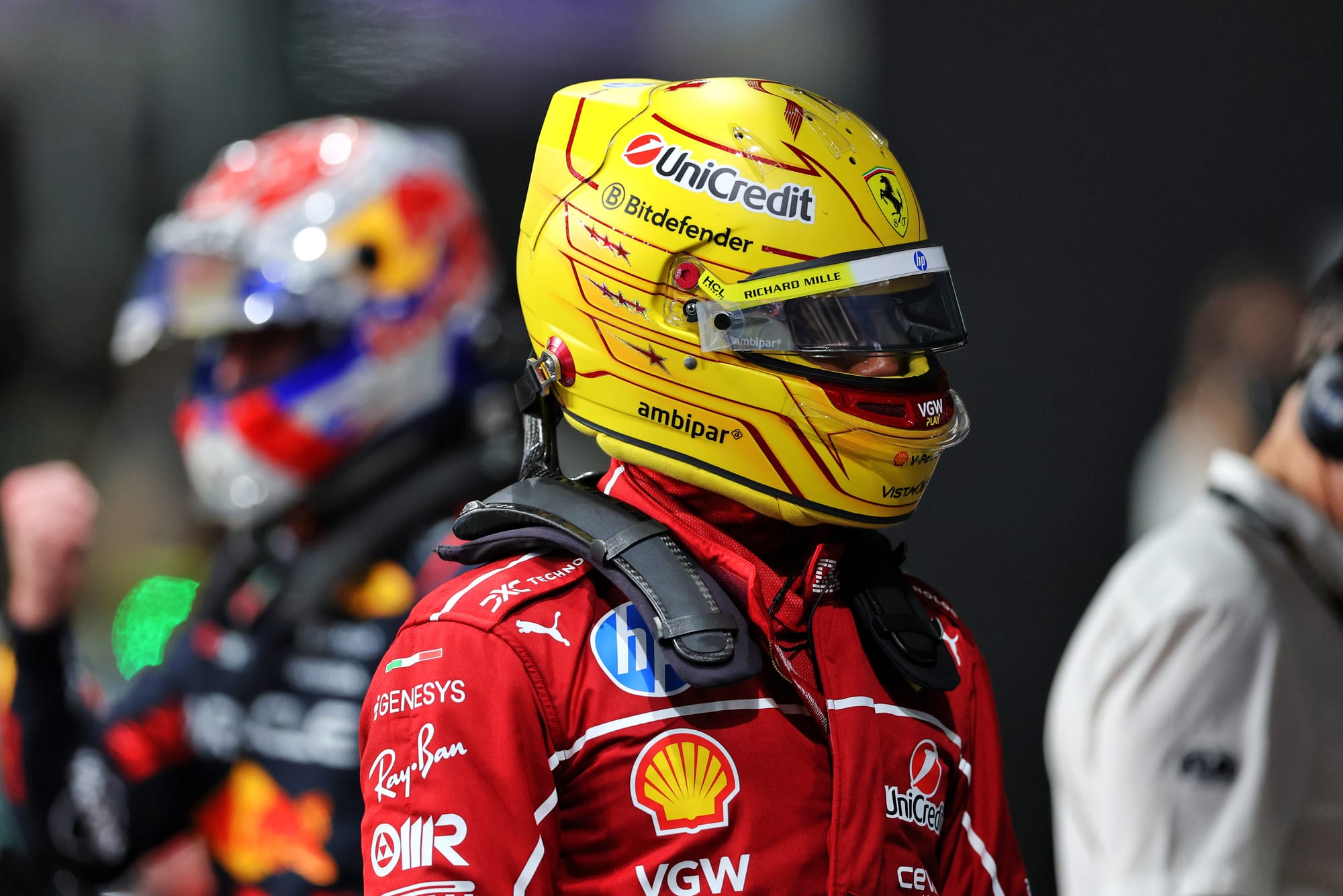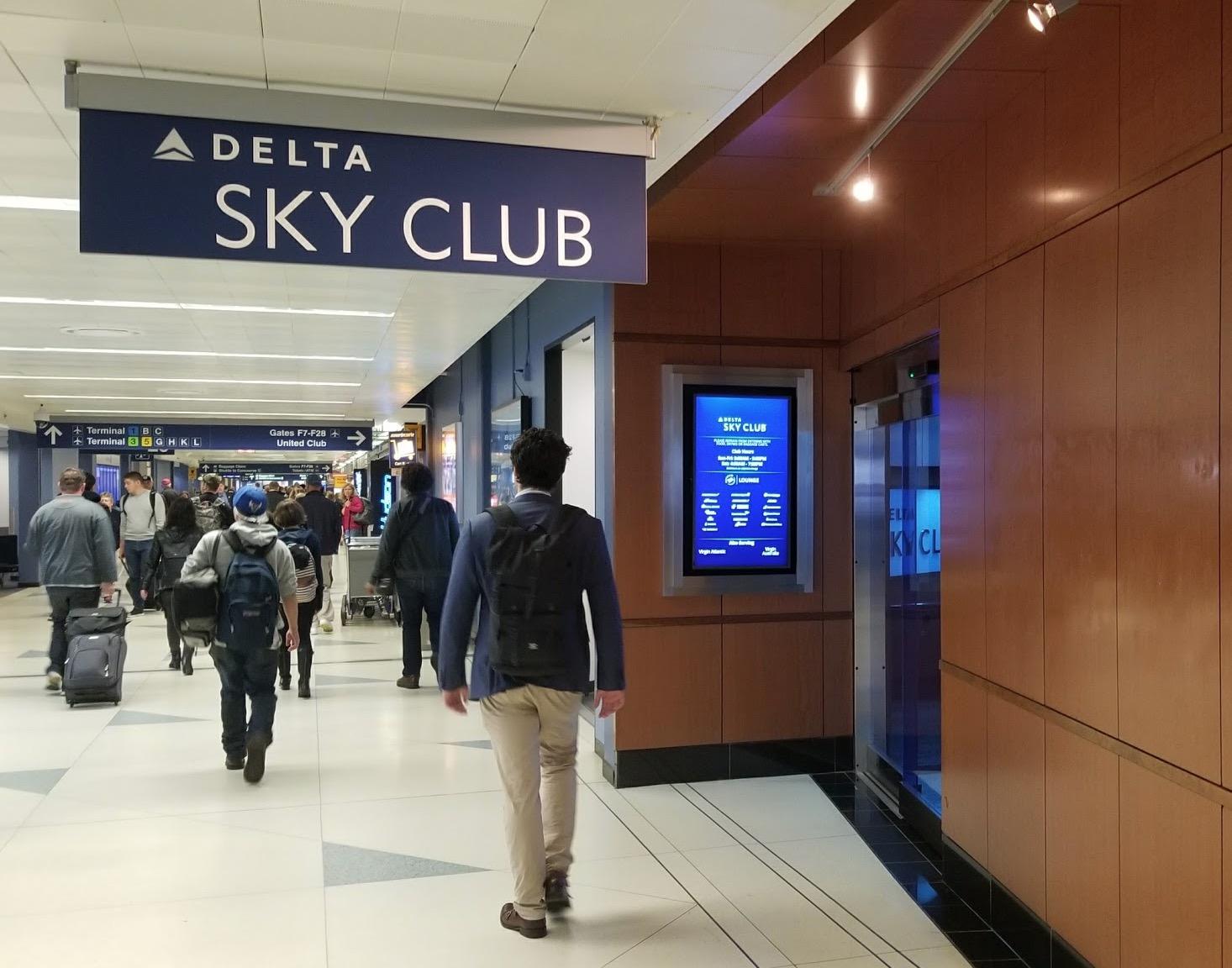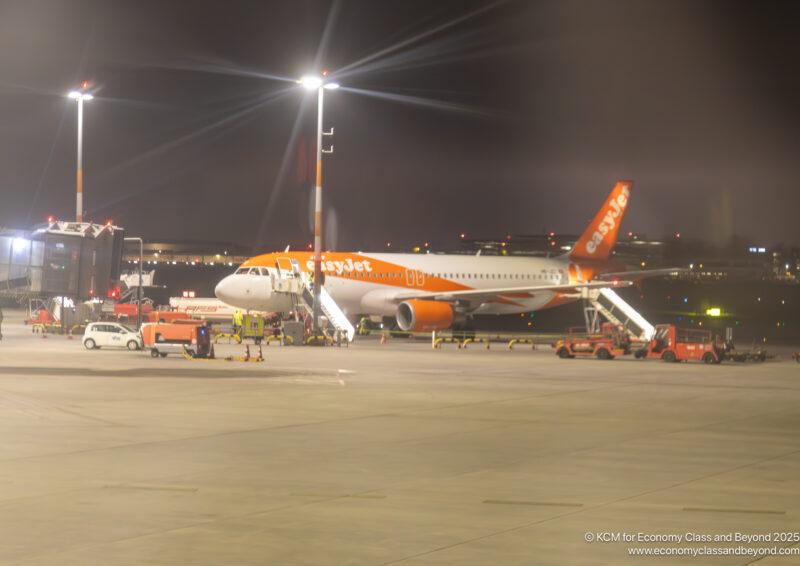Tire strategy again likely to set the tone for IndyCar at Long Beach
IndyCar Series's season-opener in St. Petersburg? Settled by tire strategy. IndyCar's second race of the year at The Thermal Club: Tire (...)

IndyCar Series’s season-opener in St. Petersburg? Settled by tire strategy. IndyCar’s second race of the year at The Thermal Club: Tire strategy. The upcoming third race at Long Beach? It could be more of the same.
Firestone has delivered on the series’ request to widen the performance gap between its harder primary and softer alternate compounds, and as fans witnessed on the street course at St. Petersburg, accelerated wear with the alternates meant the peak grip was gone well before the 18.5-gallon fuel tanks needed to be refilled.
The separation between compounds wasn’t as significant as expected in Thermal, but with a return to street racing this weekend in Long Beach, Firestone is sending the same alternate compound from St. Petersburg to outfit the field of 27 cars in California. As was the case at St Pete, the remarkable difference in durability should play a major factor in how and when race strategists choose to deploy their tires.
There’s also an extension of the race distance by five laps, and the return of IndyCar’s new tire allotment plan that removes one set of primaries and adds another set of alternates, shifting from 6/4 to 5/5. It’s fewer long-lasting tires; more quick-burn sets, and a rise from 85 to 90 laps to figure out the best way to get to the checkered flag without making premature dives into the pits to shed cooked rubber and crucial amounts of time.
“With Indy cars running hybrid engines for the first time at Long Beach, the addition of five laps to the race length, the expected increased wear of the green alternate tires and five sets of primary tires available, it is likely that we’ll see two sets of alternates run in the race like we did at St. Pete,” said Cara Krstolic, Firestone’s director of race tire engineering and manufacturing.
Recent runnings of the Acura Grand Prix of Long Beach have featured widespread use of the faster alternates, but with the new IndyCar edict in play, the shorter lifespan for 2025’s street racing alternates has the potential to reverse that trend.
“That place has always been an alternate race, so that does really change things up,” 2023 Long Beach winner Kyle Kirkwood told RACER. “You could play it a little bit differently from St. Petersburg, because everyone that started there on the primes was just hoping for no yellow in the beginning. Long Beach really isn’t the same. The place has always been an alternate race, and I think now, with the current tire, there’s almost no way that it will happen, given that now the race is even longer. So it’s going to be a different one than we’ve seen there in the past because of that.”
With Friday’s long practice session, Saturday’s morning session, and the early stages of qualifying known to place a demand on primary tires, teams will likely want to push harder into a mindset of preservation by safeguarding as many new sets of the harder tires for the race as possible.
It could mean more idle time spent on pit lane during those sessions to reduce the wear and mileage on primaries. And in the race, Andretti Global’s Kirkwood says doing 90 laps of maximum attack would be detrimental to achieving success. Preservation with the steering wheel, throttle pedal, and the brakes to extend the life for both compounds is the task he’s ready to face.
“Especially when you’re getting pressured by people and that are on different tires,” he said. “It’s easy to fall victim to over-pushing on a tire that doesn’t want to hang on. That’s a tough one. You need to just manage the position that you’re in, and it’s really hard to give up positions.
“But in some cases, you might have to do it to make the best out of your race when you’re on a tire that’s likely to die and you’ve got a long way to go. That is one of the hardest things to do as a racing driver – to not push your to your full potential — because you know that at the end of it, it’s not going to be a positive.”
